Before we get into books about doing nothing, let’s talk about hustle culture. It brings to mind the image of glorified exhaustion and optimising every minute to its last millisecond. I see people rushing while wearing sleep deprivation as a badge of honour. It looks like multitasking, productivity apps and checking your email multiple times even on vacation. We’ve been collectively doing this for so long that “hustle” has become synonymous with “burnout.” It is simply not sustainable.
It can be hard to break out of the patterns of overworking because so much around us fuels and rewards it. We are supposed to work more, earn more and want more, right? We don’t have to. Not many people are telling us that because slowing down isn’t good for the economy. What’s worse is that rest is actively looked down upon. People seen taking multiple breaks or not going the extra mile for work can be termed “lazy.” It can also make the person doing so feel guilty or like an underachiever.
So is there a way to break free from hustle culture? Absolutely! We can start by doing nothing. Sounds easy enough, right? Except it’s not. Doing nothing for prolonged periods of time in a world full of distractions can be incredibly hard. But we can hear from and learn from people who have mastered this art. So here’s a list of books about doing nothing to guide your journey of rest and relaxation. The irony of asking you to do something in order to eventually do nothing isn’t lost on me! But in the spirt of trying new things this new year, I hope you try checking out some of these books about the sweet joy of doing nothing.
The Lost Art of Doing Nothing: How the Dutch Unwind with Niksen by Maartje Willems and Lona Aalders
Humans can tend to be obsessed with meaning and purpose. Our minds can hold the past, present and future at the same time. We can measure time on ticking and non-ticking clocks, and we almost always feel like we’re running out of it. So of course, we want to fill it with activities and goals that have meaning and serve a purpose. This book asks us to also fill it up with activities that serve absolutely no purpose and are devoid of any meaning. It asks us to sit and stare at the distance and to do nothing. It urges us to slip in and out of our consciousness of time.
Doing nothing should happen organically without us even realising it. But this can be challenging task in our fast-paced routines. We might need to actively try to do nothing in order to get to place where we can do so naturally. This compact book builds a case of why we should do nothing and how to get started. It has beautiful, soothing illustrations that make us feel calm and light. It also introduced me to the term “JOMO” that stands for the joy of missing out (here to replace sad old FOMO). I have experienced JOMO multiple times and I’m glad to have a term for it.
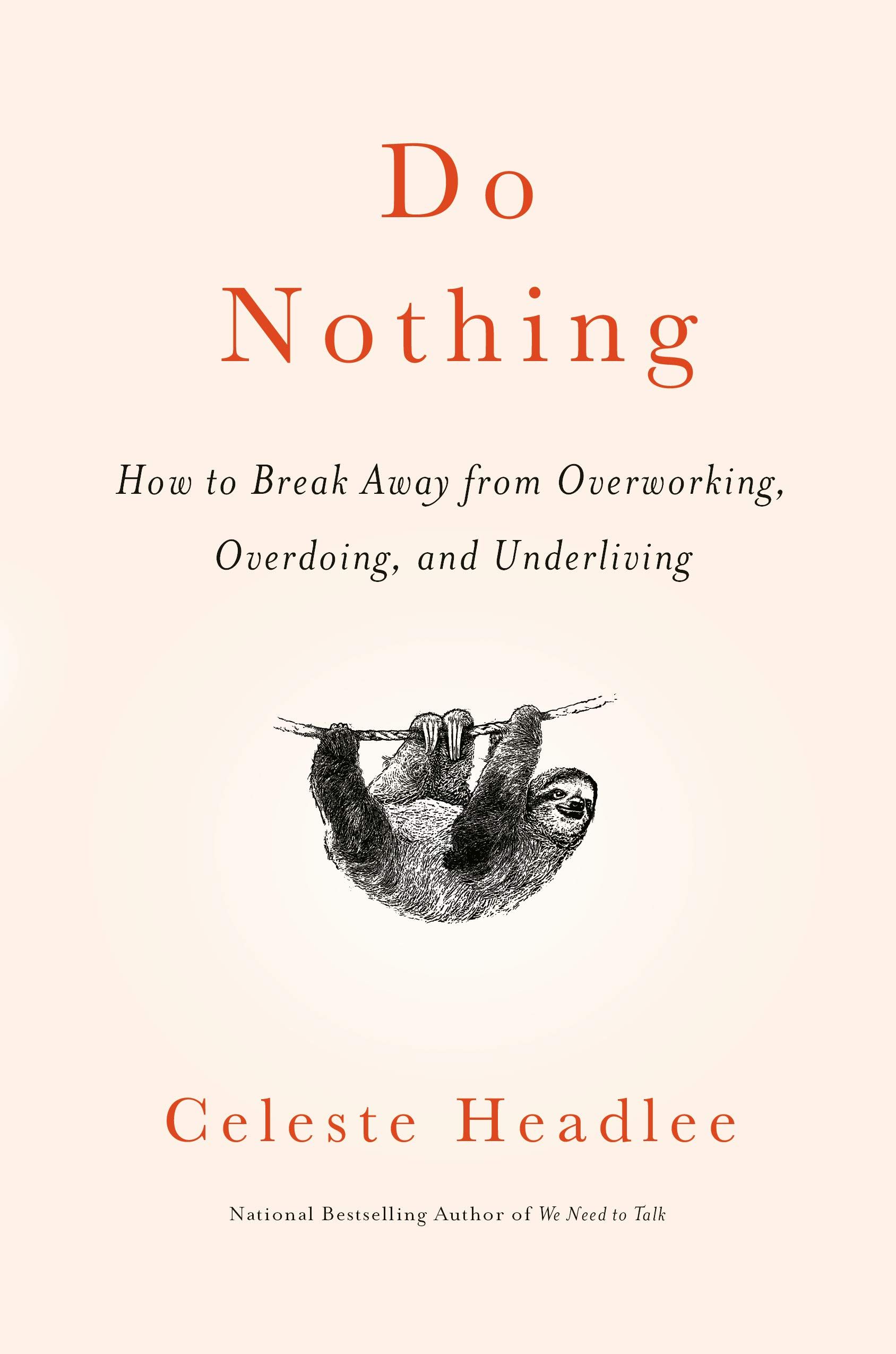
Do Nothing: How to Break Away from Overworking, Overdoing, and Underliving by Celeste Headlee
Celeste Headlee was trying to examine her own life. She was always hardworking, productive and did work that brought her immense satisfaction. However, over the years, she also realised she’s exhausted and miserable despite everything she’s accomplished. She tried to understand why this was, and her research led to the basis of this book.
Do Nothing asks us to actively make space and time for slowing down. It urges us to add leisure to our busy schedules and savour our time when we do activities we enjoy. She tries to tell us that our lives are more than just about maximizing our efficiency. There’s a lot of elements that make our lives rich and full, and actively slowing down from time to time makes us recognise and appreciate them.
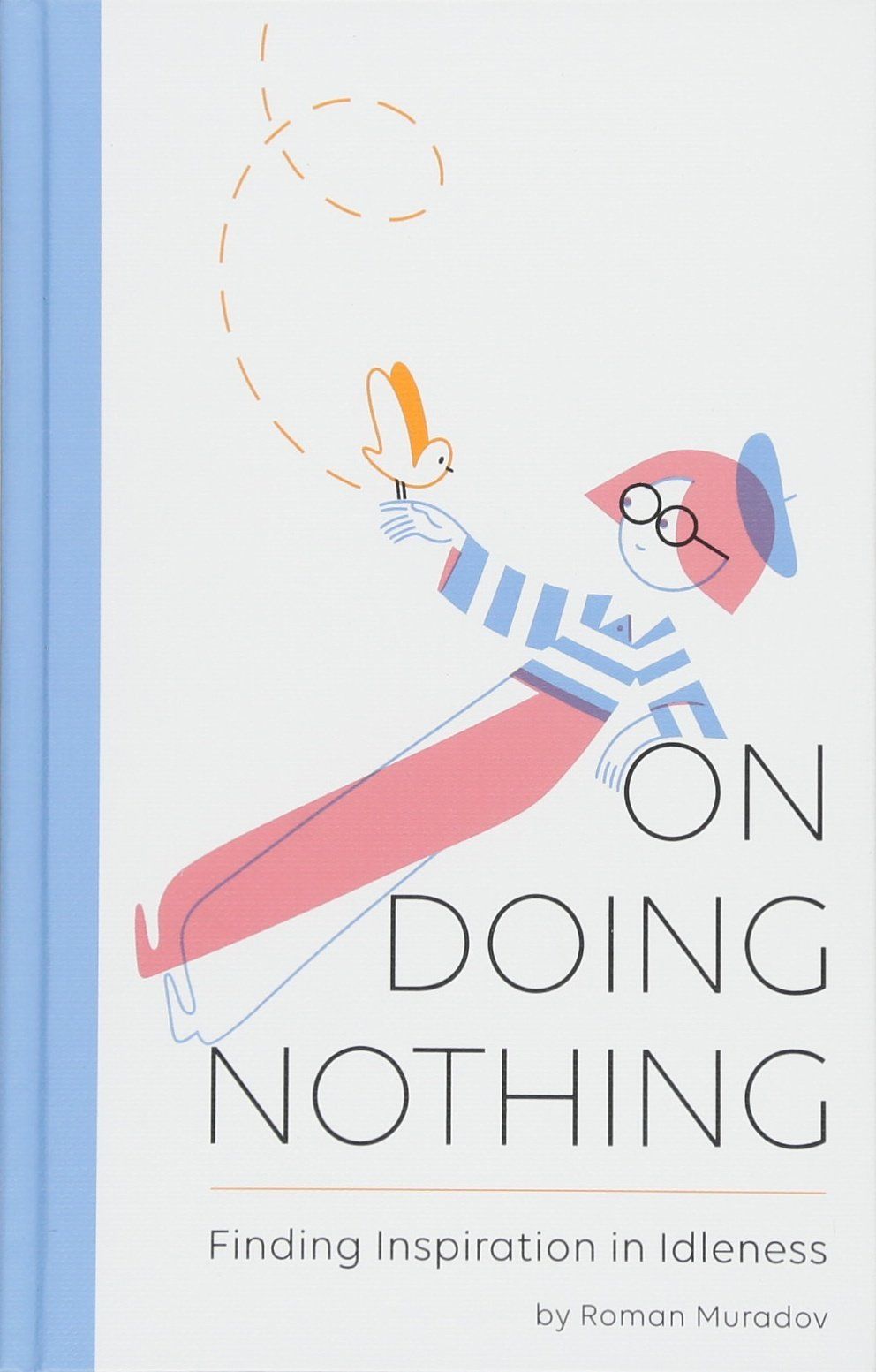
On Doing Nothing: Finding Inspiration in Idleness by Roman Muradov
This short illustrated guide talks about the many ways people choose to do nothing. It quotes and cites examples of various artists and their versions of doing nothing. The author talks about how doing nothing can make us stumble on and pay attention to our most brilliant thoughts.
Muradov writes in the introduction, “There is no reason to do nothing. But then, there is no reason to fall in love, or gather autumn leaves. Life reveals itself most fulsomely in gaps and intermissions.” To me, that’s as good an argument as any to do my own version of absolutely nada!
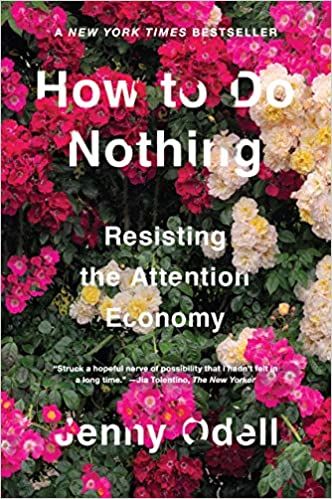
How To Do Nothing: Resisting The Attention Economy by Jenny Odell
This book is extremely relevant in the way that it emphasises the need to pay attention to the world outside our screens. Odell mentions how disconnecting from time to time might actually help us engage with our online community better too.
The title of this book, however, can be misleading. This book is not a how-to guide. It just increases our awareness of the forces involved that keep pulling us back to our screens, and everything we miss out on in the process. The knowledge of these things can put us in the space where we’re more willing to step away from technology from time to time. How we do so is largely left for us to decide.
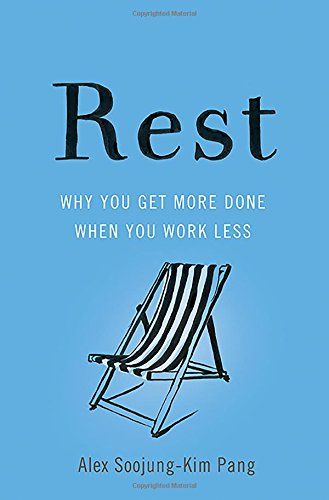
Rest: Why You Get More Done When You Work Less by Alex Soojung-Kim Pang
One of my favourite poems by Robert Frost ends with the lines,
“The woods are lovely, dark and deep,
But I have promises to keep,
And miles to go before I sleep,
And miles to go before I sleep.”
As beautiful as I find those lines, this book asks us to explore the woods. It tells us we do not need to go on for miles before we rest. It makes a practical case for how rest only adds to our work instead of taking away from it. It talks about how our brains process and deepen connections while we sleep, and how this is essential to working better. It also explores different activities that make us feel truly rested.
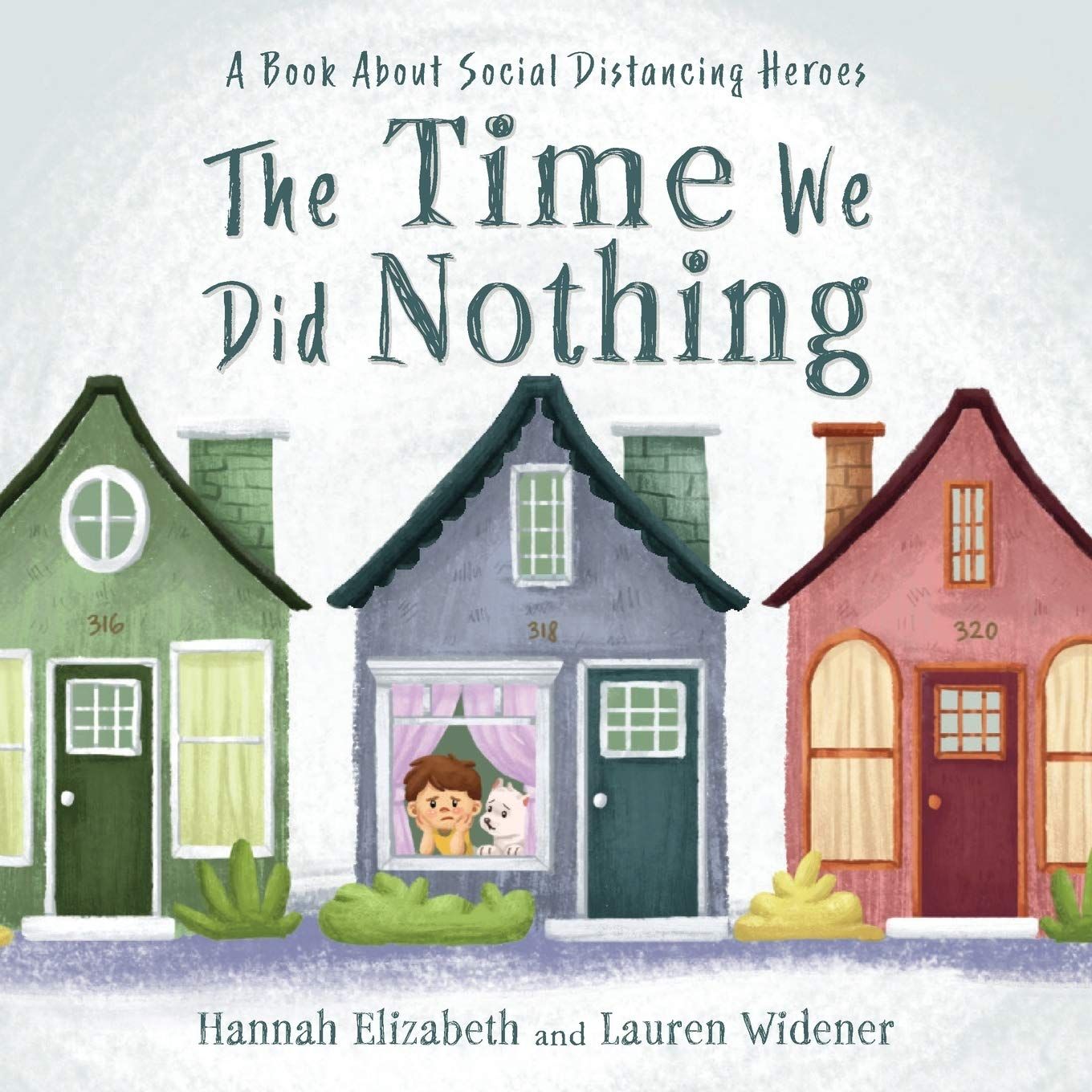
The Time We Did Nothing: A Book About Social Distancing Heroes by Hannah Elizabeth Widener, Lauren D. Widener, and Widya Arumba
This is a thoughtful and colorful picture book that highlights the many ways ordinary people chose to spend their time during the initial COVID-19 crisis. While doctors, healthcare workers, and teachers worked hard to manage their overflowing responsibilities, a lot of us stayed home. This book talks about how staying home and doing nothing was the best way we could contribute to the efforts of people fighting the virus with all their might. Twelve-year-old Lauren Widener writes about how our “nothing” is “everything.” This is a wonderful read to make young, confused children understand why they cannot go out to play.
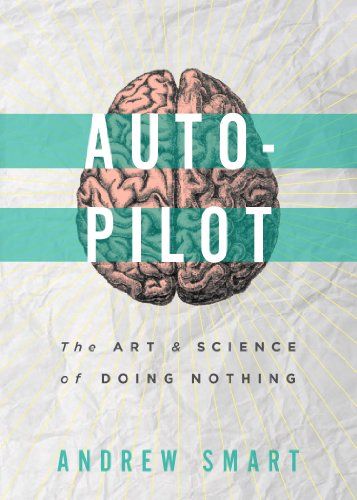
Autopilot: The Art & Science Of Doing Nothing by Andrew Smart
This is yet another book that highlights the very human need for idleness. We can take some time to understand why our brains crave and benefit from it. This might just be the push we need to take breaks from our packed routines more often.
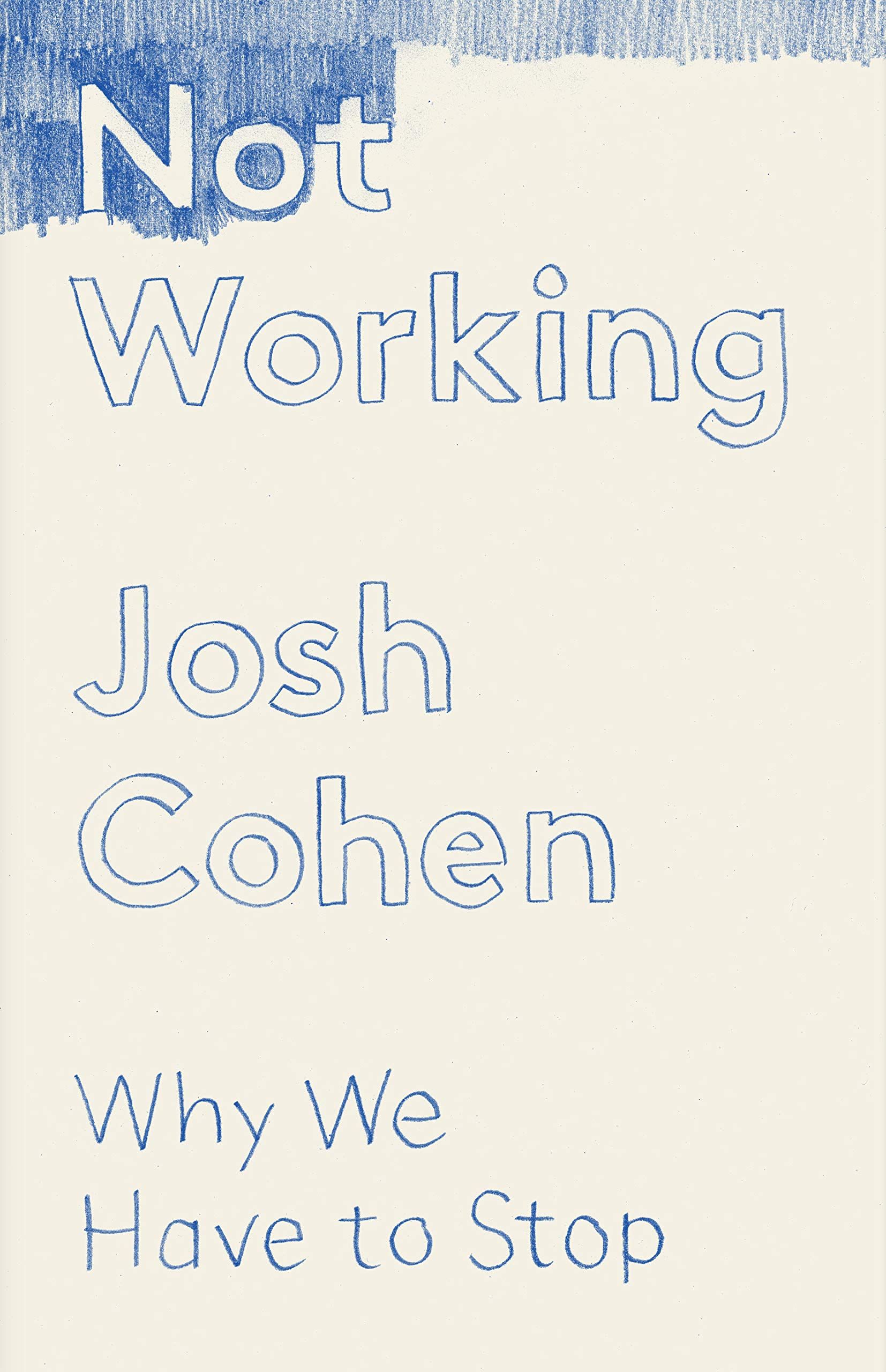
Not Working: Why We Have to Stop by Josh Cohen
Psychoanalyst Josh Cohen uses his experiences with his clients to draw conclusions about the benefits of inactivity. He also discusses the chosen forms of inactivity of famous figures like Andy Warhol, Orson Welles, Emily Dickinson and David Foster Wallace.
Reading this book can help us embrace idleness and make more time for it.
In the spirit of learning to do nothing, you can also check out these articles: How To Do Nothing: The Case For Rereading Books and 8 of The Best New Self-Care Books To Prioritize Yourself.
Source : 8 Books About Doing Nothing To Help Break Free From Hustle Culture












